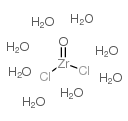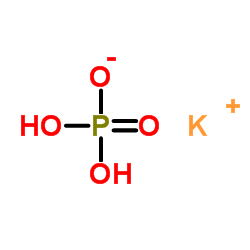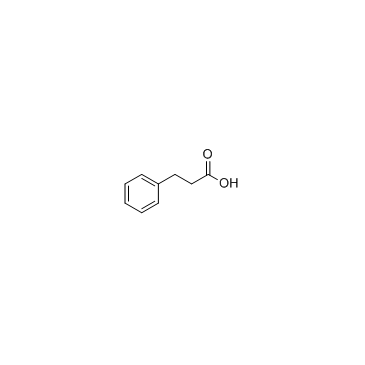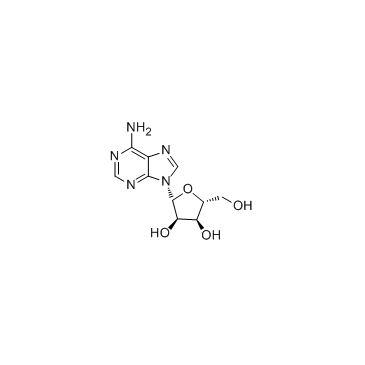| Structure | Name/CAS No. | Articles |
|---|---|---|
 |
Dimethyl sulfoxide
CAS:67-68-5 |
|
 |
Chloral hydrate
CAS:302-17-0 |
|
 |
HEPES
CAS:7365-45-9 |
|
 |
Zirconyl chloride octahydrate
CAS:13520-92-8 |
|
 |
Monopotassium phosphate
CAS:7778-77-0 |
|
 |
Hydrocinnamic acid
CAS:501-52-0 |
|
 |
Adenosine
CAS:58-61-7 |
|
 |
Ethylenediaminetetraacetic acid
CAS:60-00-4 |
|
 |
Xanthine amine congener
CAS:96865-92-8 |
|
 |
8-Octanoyloxypyrene-1,3,6-trisulfonic acid trisodium salt
CAS:115787-84-3 |